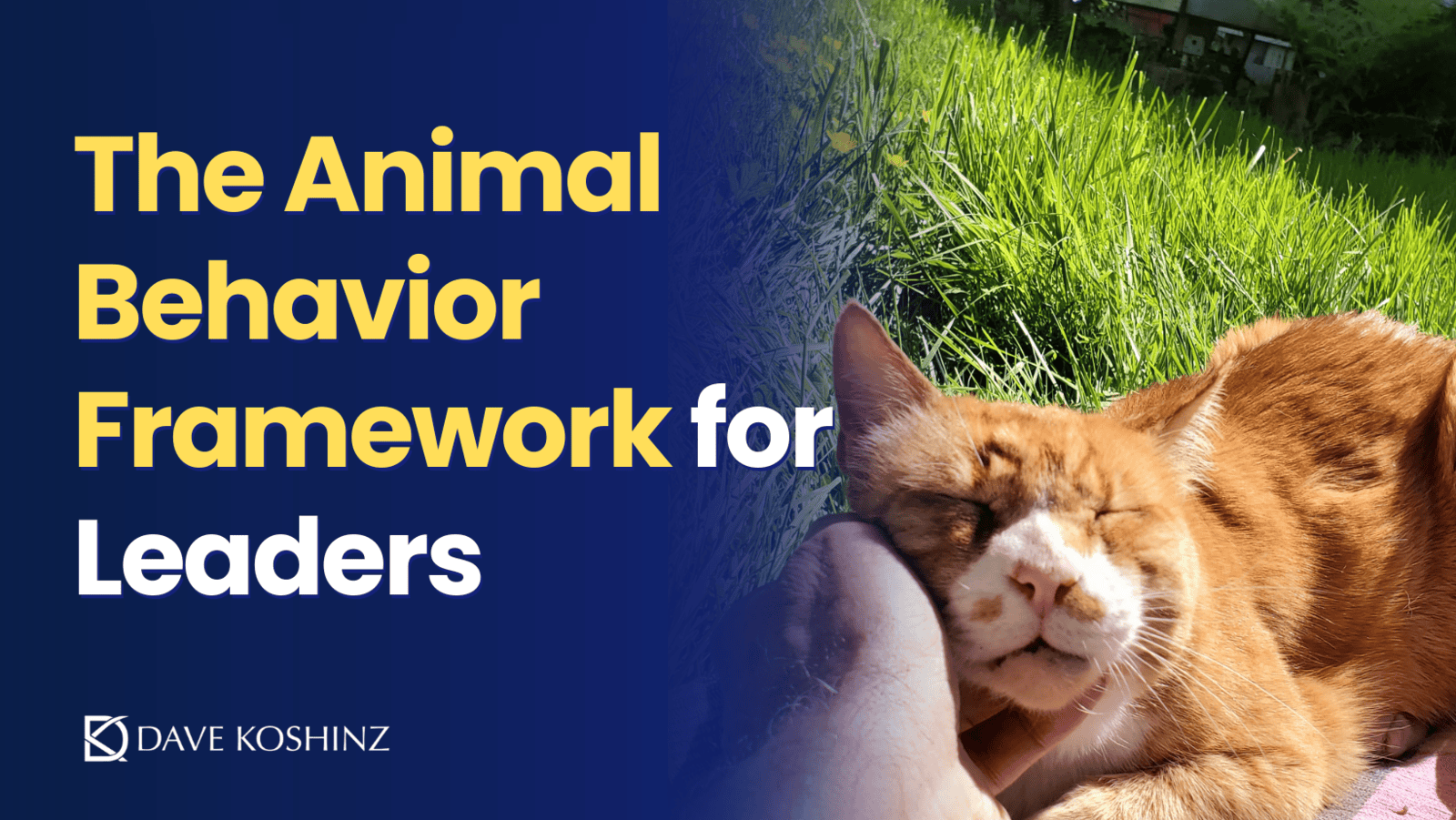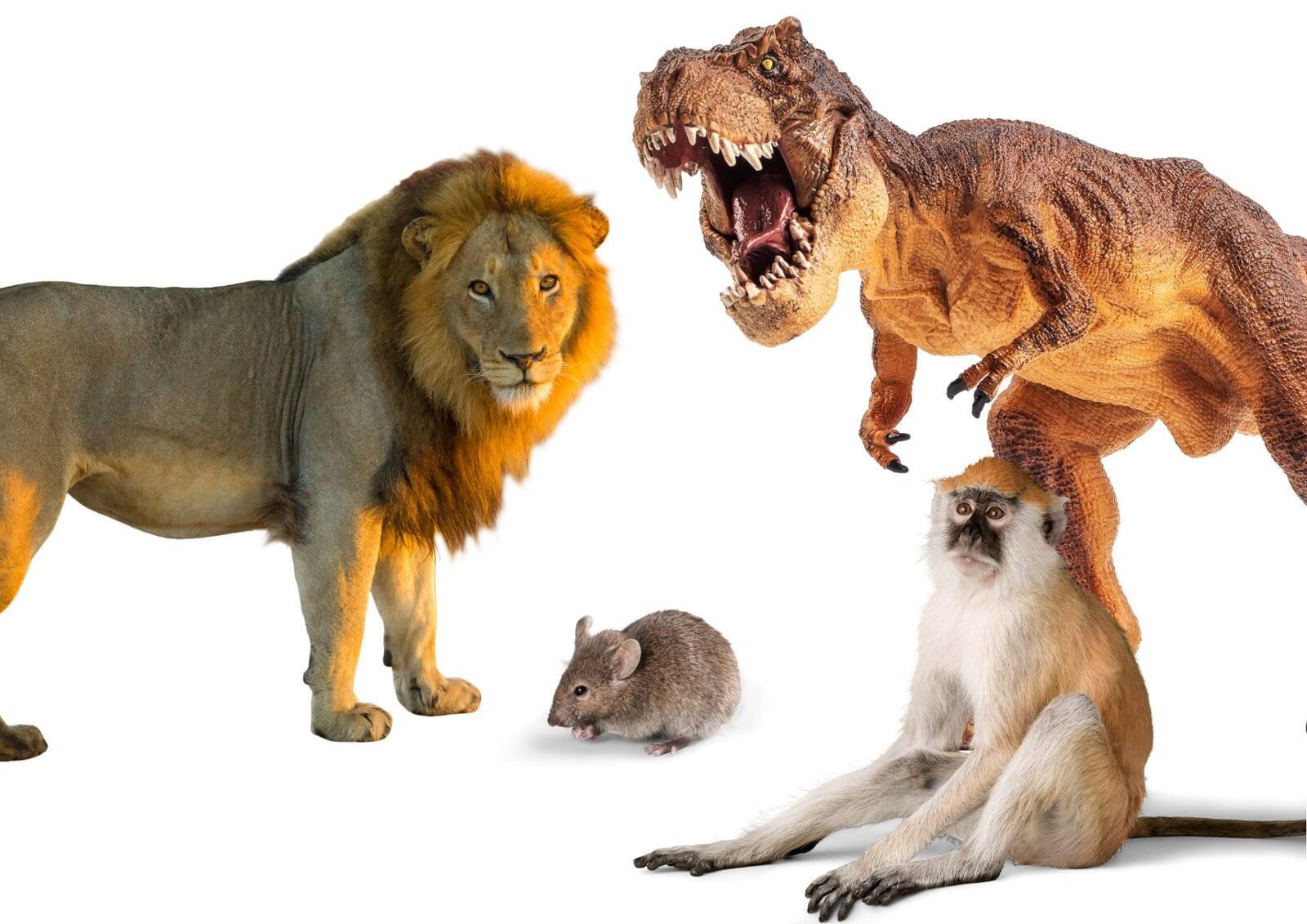
Ever found yourself puzzled by the varied behaviors within your team? Why does one colleague dominate discussions, another withdraw under pressure, while yet another always seeks consensus? Understanding these dynamics—and mastering your response—is central to effective leadership.
Enter the Animal Behavior Framework, developed by renowned forensic psychologists Dr. Laurence Alison and Emily Alison. Initially designed for high-stakes interrogations and crisis negotiations, this powerful model now serves leaders in businesses worldwide, guiding nuanced interactions and fostering robust team environments.
Understanding the Animal Behavior Framework
This framework categorizes interpersonal behaviors along two essential dimensions:
Control Axis: From high control (assertive, directive) to low control (submissive, receptive).
Cooperation Axis: From highly cooperative (relationship-oriented) to conflict-prone (challenging, oppositional).
Intersecting these dimensions creates four distinct archetypes, each symbolized by an animal—Lion, Monkey, Mouse, and T-Rex. Each archetype exhibits adaptive ("good") and maladaptive ("bad") behaviors.

The Four Archetypes in Action
1/ 🦁 The Lion (High Control, High Cooperation)
Typical Behaviors:
Clearly defines goals and takes decisive action.
Seeks collaboration but maintains authority.
When Maladaptive:
Can dominate discussions, overlook input, or appear authoritarian.
Leadership Scenario:
When leading a critical project with tight deadlines, Lions naturally step up to organize tasks clearly and decisively. Ensure Lions don't disregard input from quieter team members by encouraging inclusive meetings.
How to Interact with Lions:
Use confident, direct communication. Lions appreciate clarity and brevity.
Demonstrate mutual respect, emphasizing alignment with shared goals.
If you lean towards Mouse tendencies, consciously assert yourself to gain a Lion's attention.
2/ 🐒 The Monkey (Low Control, High Cooperation)
Typical Behaviors:
Highly sociable, creative, enthusiastic about new ideas.
Excels in collaborative, dynamic environments.
When Maladaptive:
Can become unfocused, overly optimistic, or evade responsibility.
Leadership Scenario:
During innovation sessions or team-building events, Monkeys excel at energizing and motivating the team. Leaders must set clear expectations and timelines to ensure Monkeys remain focused and productive.
How to Interact with Monkeys:
Engage their creativity; invite contributions and collaboration.
Establish clear boundaries and deadlines to maintain focus.
If you're naturally a T-Rex or Lion, soften your approach to avoid overwhelming them.
3/ 🐭 The Mouse (Low Control, Low Conflict)
Typical Behaviors:
Attentive, meticulous, supportive behind the scenes.
Prefers harmony and avoids confrontation.
When Maladaptive:
May retreat from necessary conflict, fail to speak up, or become overly passive.
Leadership Scenario:
When detailed analysis or thorough reviews are required, Mice provide valuable input. Leaders should intentionally solicit their perspectives during meetings, creating a supportive environment that encourages contribution.
How to Interact with Mice:
Create safe spaces to express opinions; actively solicit their input.
Provide gentle encouragement and validation.
If you're a Lion or T-Rex, consciously modulate your assertiveness to draw them out comfortably.
4/ 🦖 The T-Rex (High Control, High Conflict)
Typical Behaviors:
Assertive, direct, and willing to challenge ideas openly.
Quick to address issues head-on, often driving clarity through confrontation.
When Maladaptive:
May appear aggressive, intimidating, or insensitive to team dynamics.
Leadership Scenario:
In situations requiring urgent corrective actions, T-Rexes effectively identify and address shortcomings. Leaders must channel this assertiveness constructively by ensuring that feedback is balanced with clear, solution-focused dialogue.
How to Interact with T-Rexes:
Stand firm but remain calm; clearly articulate boundaries and maintain factual, objective discussions.
Offer direct, logical arguments; T-Rexes respect strength and clarity.
If you're naturally a Monkey or Mouse, prepare in advance to confidently assert your perspective.
Origins and Foundations of the Model
Developed by Dr. Laurence Alison and Emily Alison, the Animal Behavior Framework originated from their extensive research in forensic psychology, notably within contexts of high-stakes interrogations and crisis management. By observing how individuals respond under pressure, the Alisons distilled complex behavioral patterns into this practical model, allowing professionals to navigate critical interactions more effectively.
Their comprehensive approach is detailed in the book Rapport: The Four Ways to Read People, where leaders can gain deeper insights into adaptive communication strategies and rapport-building in diverse scenarios.
Practical Application for Leaders
Assess Yourself and Your Team: Identify predominant archetypes to leverage strengths and manage limitations.
Adaptive Leadership: Learn to flex your behavior consciously, moving fluidly between archetypes as situations demand.
Effective Communication: Tailor interactions to build trust, influence outcomes positively, and enhance team cohesion.
Further Resources
To dive deeper:
"Rapport: The Four Ways to Read People" by Laurence and Emily Alison
Podcast Interview with Dr. Laurence and Emily Alison on Art of Manliness
Final Reflection:
As leaders, how will you leverage the Animal Behavior Framework to enrich your leadership approach and foster healthier, more productive team dynamics.

